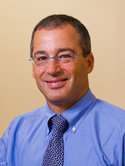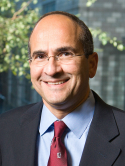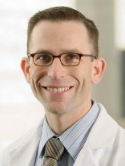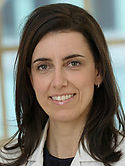| Abstract: |
BACKGROUND: Prosthetic breast reconstruction rates have risen in the United States, whereas autologous techniques have stagnated. Meanwhile, single-institution data demonstrate that physician payments for prosthetic reconstruction are rising, while payments for autologous techniques are unchanged. This study aims to assess payment trends and variation for tissue expander and free flap breast reconstruction. METHODS: The Blue Health Intelligence database was queried from 2009 to 2013, identifying women with claims for breast reconstruction. Trends in the incidence of surgery and physician reimbursement were characterized by method and year using regression models. RESULTS: There were 21,259 episodes of breast reconstruction, with a significant rise in tissue expander cases (incidence rate ratio, 1.09; p < 0.001) and an unchanged incidence of free flap cases (incidence rate ratio, 1.02; p = 0.222). Bilateral tissue expander cases reimbursed 1.32 times more than unilateral tissue expanders, whereas bilateral free flaps reimbursed 1.61 times more than unilateral variants. The total growth in adjusted tissue expander mean payments was 6.5 percent (from $2232 to $2378) compared with -1.8 percent (from $3858 to $3788) for free flaps. Linear modeling showed significant increases for tissue expander reimbursements only. Surgeon payments varied more for free flaps (the 25th to 75th percentile interquartile range was $2243 for free flaps versus $987 for tissue expanders). CONCLUSIONS: The incidence of tissue expander cases and reimbursements rose over a period where the incidence of free flap cases and reimbursements plateaued. Reasons for stagnation in free flaps are unclear; however, the opportunity cost of performing this procedure may incentivize the alternative technique. Greater payment variation in autologous reconstruction suggests the opportunity for negotiation with payers. |
| Keywords: |
adolescent; adult; aged; aged, 80 and over; middle aged; young adult; united states; clinical practice; linear models; breast reconstruction; mammaplasty; tissue expansion; tissue expansion devices; reimbursement; economics; breast implants; free tissue graft; factual database; databases, factual; statistical model; utilization; tissue expander; trends; insurance, health, reimbursement; free tissue flaps; devices; procedures; breast implant; very elderly; humans; human; female; practice patterns, physicians'
|










